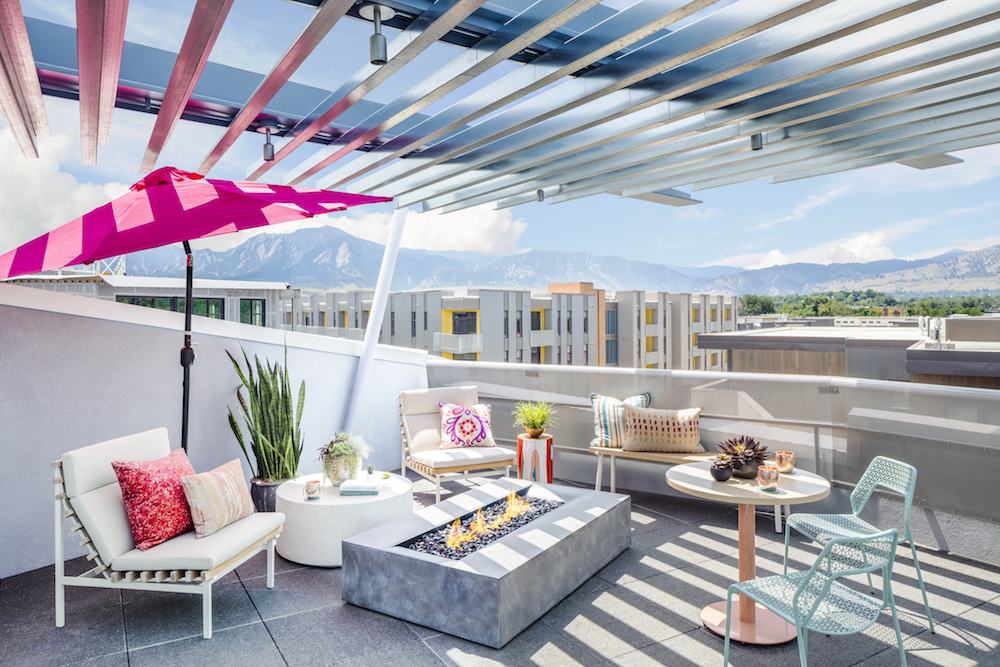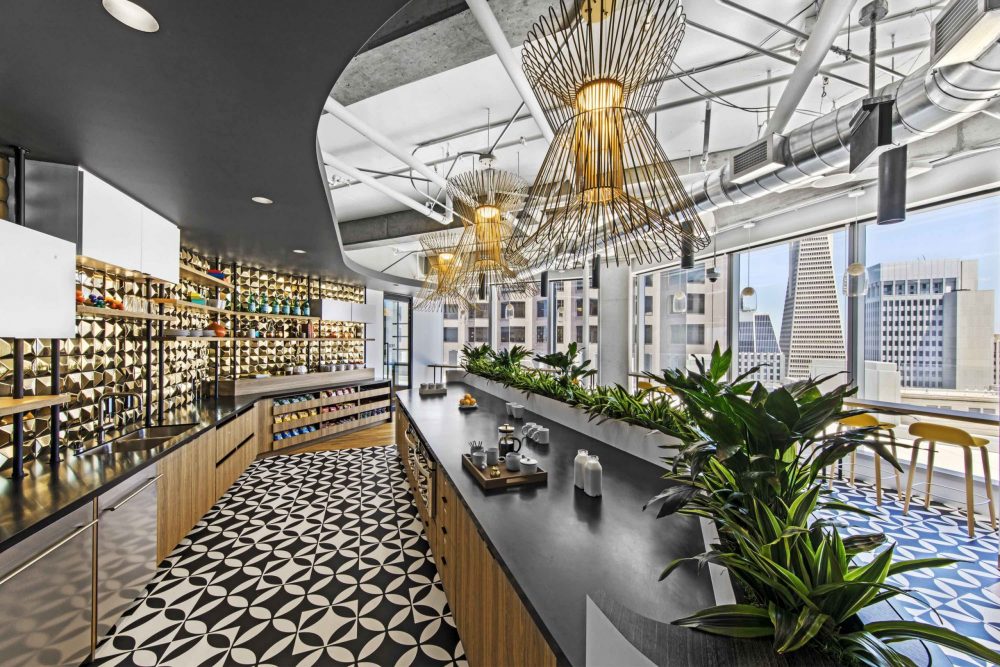Melissa Hanley and Kimberley O’Dowd of Blitz share enduring lessons learned from our time away from the office.

During the last 500 plus days (and counting) of working from home we’ve spent a lot of time musing on what to do with the billions of square feet of vacant open office space.
We went down existential rabbit-holes questioning ‘what is an office?’ and ‘if no one is there to see it does an office even exist?’. We even (very briefly) considered the hyperbolic headline asking whether the office would even exist in a post-pandemic world (spoiler alert – it does). As we slowly emerge on the other side, all of those webinars, articles and virtual meetings calling for an overhaul to the health and safety of workplaces have yet to yield dramatic changes. We are not going to be working in hermetically sealed bubbles or 1950’s-style cubicles. Hallways are not going to be one-way only and conference rooms are not being bleached in between uses. And what about all of the acrylic panelling installed at every transaction point, reception desk, or service space? It is all slowly being dismantled and thrown into a landfill as I type.
This makes us wonder if there actually are any enduring lessons learned from our time away from the office?

Creating an Ecosystem
The first universal truth, at least in our studio, is the need for human connection. The Hollywood Squares virtual meeting is no substitute for shoulder-to-shoulder creation. And, as much as we love working at home in comfy pants with our animals, after about a week the novelty is gone and we find myself annoyed with the inefficiency of slack/email/text compared to the informal, quick conversations we had in the terrestrial studio.
Less anecdotal is the rate of change experienced over these past 500+ days. As a society we have experienced shock, confusion, loss, anger, and hope in rapid succession. We celebrated the creation of a vaccine and shared selfies of our ‘Fauci Ouchies’. This summer we even had a brief reprieve when it looked like the world would actually open back up. Could ‘normal’ return by the fall? And then the Delta Variant arrived. This brings us to our second universal truth: above all else, change is the only constant.

With these two “lessons” in mind (humans need connection and change is the only constant), we are looking less at product solutions to solve for the new normal and, instead, taking a spherical look at the ecosystem of work. An ecosystem that extends beyond the four walls of the office into the virtual sphere, the commute, and the home.

Support that matters
This is a dramatic change in metrics of how workplace design is measured and valued. Instead of the metric of “bums in seats” we are now considering the quality of employee output. The “right” SF / employee is whatever ratio yields the best output from your staff for the level of investment made in them including office space, salary, training, benefits and amenities. Plainly put, no one is doing their best work when squeezed into a floor plate like cattle headed to the abattoir.
Our process has shifted to asking questions beyond the standard needs, wants, desires so that we may understand productivity metrics, retention metrics and absenteeism metrics. These help us to focus on design solutions that support healthy behaviors and make a tangible investment in the wellbeing of the employee.

Wellbeing is a word that is in need of an updated definition. In the past, wellbeing translated into a slew of competitive amenities and perks that became expectations rather than benefits, especially in Silicon Valley. There was some truth to the amenities supporting wellness, but throwing a barista, climbing wall and games room into a program is a band-aid approach to wellness if you do not truly understand the human needs of your team. If you dive into the ‘why’ of your workplace, you can program amenities in a much more meaningful way. ‘Why does this office exist?’ It’s much more than just a place to get work done. ‘Why would someone come to this place?’ Again, much more than just a place to work. ‘Why would someone choose this space more than any other available to them?’ You guessed it – because of factors beyond work tasks. For example, a well-placed cold brew tap is more than just free caffeine, it’s a way to facilitate ad hoc conversations and company culture. And the dry cleaning services are more than a perk, it’s a recognition that the work of life carries on even when you’re working hard at the office. Equally important is the ergonomic home-office environment and enterprise speed wifi to ensure that working away from the office isn’t a punitive experience.

Finding wellness in balance
Acknowledging that work is part of life rather than seeing life as a part of work is a huge paradigm shift. The concept of work-life balance being a binary condition is a dated idea. It suggests that there needs to be a clear delineation between work and life and that the two are mutually exclusive. But how can you say that anything you do for 40 hours a week isn’t part of your life? Instead of trying to carve out time to fit our “life” into our work, it’s time to integrate our work into our lives in a holistic and fluid way.
You can meet your work and life goals because the company policies, culture, technology platform and office design all work together to create an ecosystem designed to accommodate your multidimensional life regardless of where you are physically located.
The workplace landscape will inevitably morph over time as we learn more, experiment more and live more. By designing today for the why, our work will remain nimble and adaptable to the needs of tomorrow.

